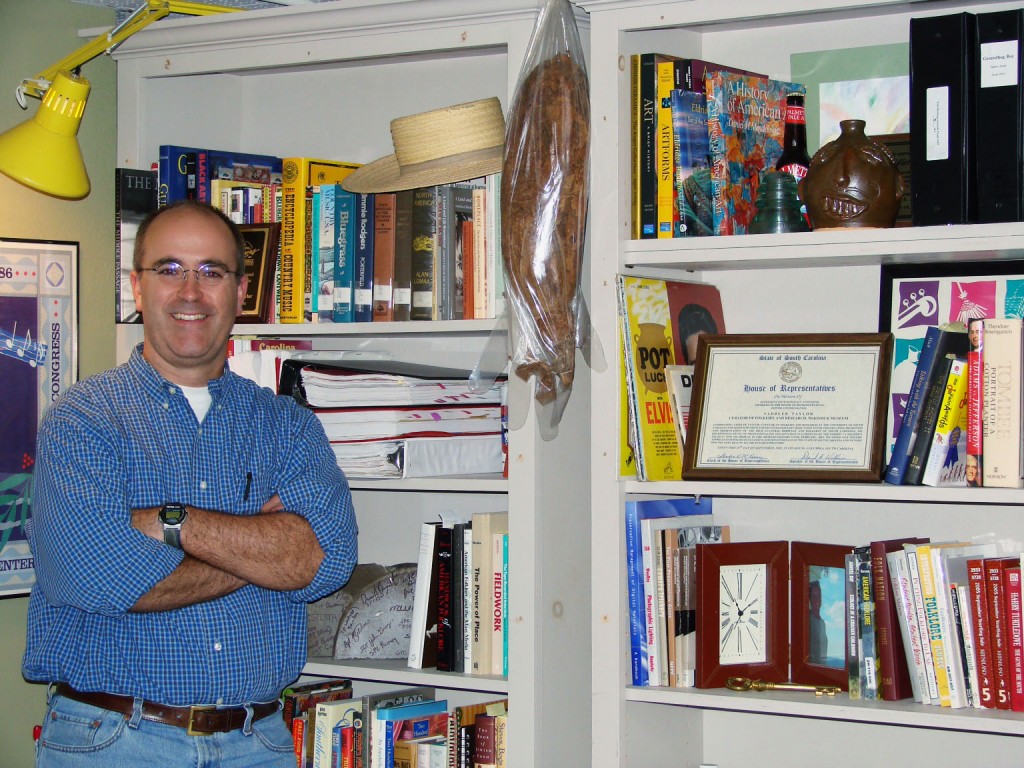Does your mother have one specific Honey Cake recipe that she always bakes for your birthday, no matter what happens? Every time you ace a test, do you celebrate with Japanese take-out or curry or a three-flavor cone from Marble Slab? Has your Great Uncle Steve always made the same gravy for Thanksgiving, which is the same gravy your Great-Great Uncle made and Great-Great-Great Uncle and so on? These, according to Saddler Taylor, chief curator at the Folklife museum, are all great examples of folk food.
Folk food is fluid. Meaning that the foods that are historically important to the South–– fatback, corn bread, fried okra–– are just as important to our culture now as the Vietnamese place down the street or the Taco Bell on the corner. What makes a food folk food is it’s prevalence in your life, the traditions and meaning surrounding it. When we eat, Taylor says, we don’t just consume food, we build relationships with the people around us and create memories, which will be tied to that food for years to come.
Which is why the study of folk food is still important. Folk food is like a cultural marker. It tells historians and anthropologists what is going on in a particular culture, at a deeper level than just the political details and historical facts. Why are there so many Latino restaurants in Columbia? Not just because fajitas are delicious. Because there is now a prevalence of Latino culture in South Carolina.

photo provided by Professor Taylor
But why does the South have a specific food type? BBQ, rice, corn bread, gravy, anything fried–– these are all considered specific examples of Southern folk food. If folk food is so fluid, then there shouldn’t be any specific food relating to the South. Taylor says that these foods are what we grew up on, and what our parents grew up on, for generations past. Even though we no longer have to eat fatback and grits to survive, we still do, because that’s what we find familiar.
If some foreigners came to South Carolina and Taylor could take them anywhere to show them what South Carolina folk food was, he would take them to the great, family owned Vietnamese place near his home. He says that this would throw them for a loop, but also teach them how diverse folk food really is, how it encompasses almost everything we think of. If he wanted to be serious, he said, he would take them to a meat-and-three, a place with chicken liver, pork, and mac-n-cheese–– every Southerner’s favorite vegetable.

